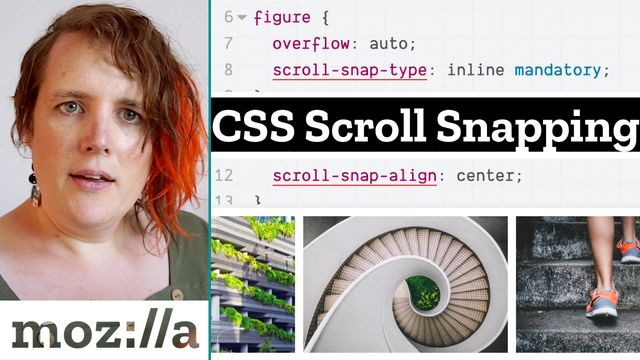See the Pen Image Gallery Demo by @miriamsuzanne on CodePen.
See the Pen Page Sections Demo by @miriamsuzanne on CodePen.
When we’re scrolling down a page, or through a gallery of images, snap-targets can help guide us from one section or image to the next. In the past, developers have used JavaScript to hijack scrolling, but now we can manage scroll alignment directly in CSS with only a few lines of code.
without any JavaScript “scrolljacking”
Repost from Mozilla Developer

See the Pen Image Gallery Demo by @miriamsuzanne on CodePen.
See the Pen Page Sections Demo by @miriamsuzanne on CodePen.